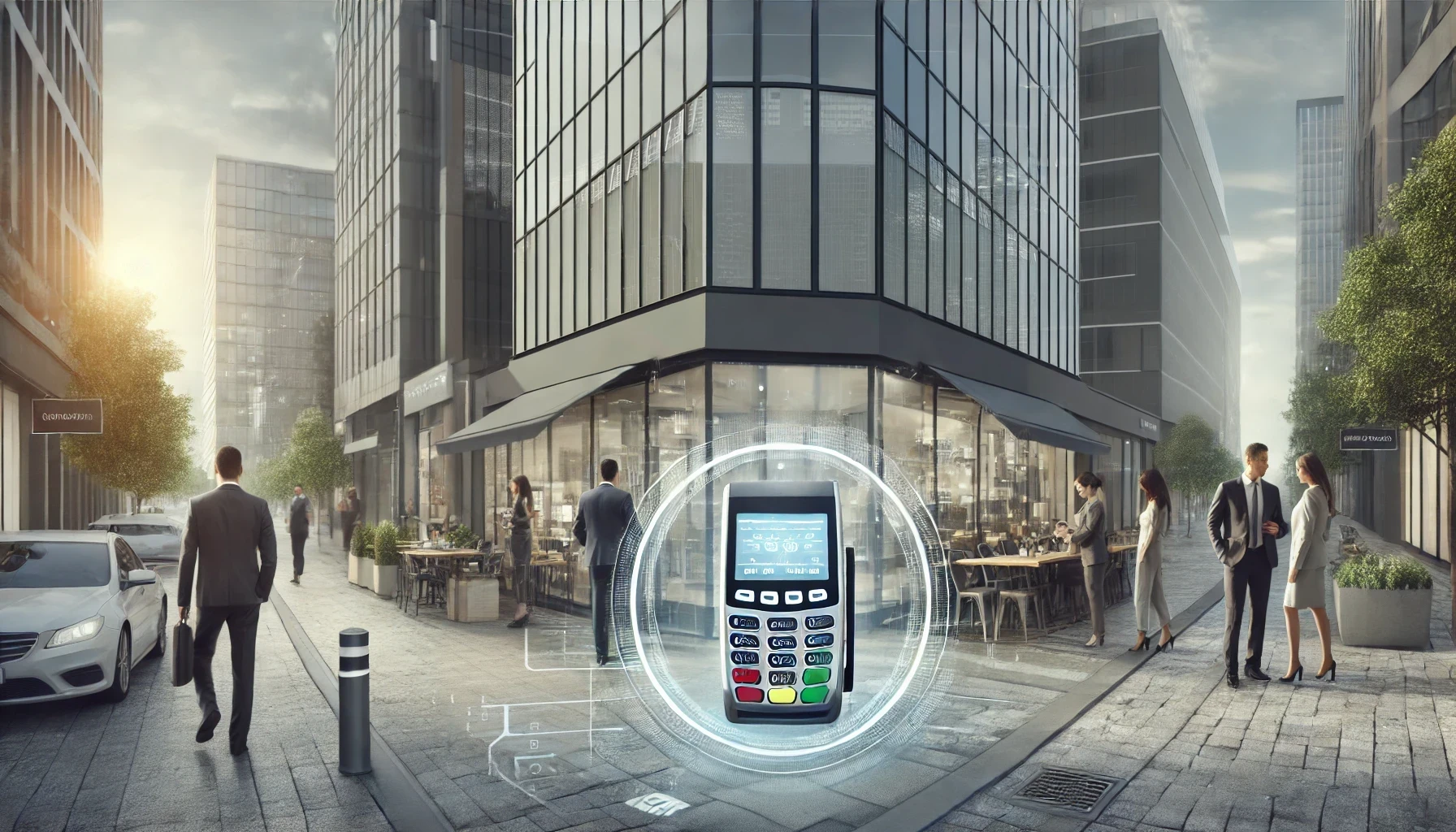High Risk Merchant Category Codes

High Risk Merchant Category Codes
Merchant Category Codes (MCC) are a critical but often overlooked aspect of running a business. These four-digit codes, issued by card networks like Visa and Mastercard, classify businesses based on the types of products or services they provide. They help banks and payment processors understand the nature of a business’s activities and assess potential risks involved in processing transactions.
For high-risk business owners, navigating the financial services world can feel nearly impossible. Banks, merchant acquirers, and credit card issuers frequently refuse to work with businesses in high-risk industries, making growth a significant challenge. If your company has faced these difficulties, you have most likely been assigned a high-risk Merchant Category Code (MCC).
This article explores what high-risk MCCs entail, the challenges they present, and actionable steps to manage and mitigate their impact.
What Makes an MCC “High-Risk”?
A high-risk MCC typically applies to businesses operating in industries with higher-than-average rates of chargebacks, fraud, or legal/regulatory risks. Common industries classified under high-risk MCCs include:
- Online gambling and gaming
- Adult entertainment
- Travel and ticketing agencies
- Telemarketing services
- Cryptocurrency exchanges
- Subscription-based services
These industries are considered high-risk because they often deal with uncertain transactions, large volumes of chargebacks, or legal gray areas that increase the likelihood of disputes. For instance, subscription services may experience frequent cancellations, while cryptocurrency exchanges face regulatory scrutiny and potential fraud.
Regulation for High-Risk Merchant Category Codes
Regulation is a key aspect of managing high-risk MCCs. For years, Visa’s Global Brand Protection Program (GBPP) served as the primary compliance framework addressing the reputational risks associated with high-risk merchants. However, as of May 1, 2023, the Visa Integrity Risk Program (VIRP)[1] has replaced the GBPP, introducing significant changes to how high-risk MCCs are regulated.
According to the Visa Integrity Risk Program Guide, “VIRP ensures that Acquirers, and their designated agents, maintain proper controls and oversight processes to deter illegal transactions from entering the Visa Payment System.” This shift reflects Visa’s commitment to modernizing its approach to risk management, ensuring that high-risk merchants are adequately monitored and that potential risks are mitigated effectively.

CommerceGate is equipped to handle the complexities of high-risk merchant accounts
The Three Tiers of High-Risk Merchant Category Codes
Under the VIRP, high-risk MCCs are now categorized into three distinct tiers, each with varying levels of scrutiny and regulatory oversight.
Tier 1: High-risk MCCs with significant regulatory oversight
Tier 1 includes industries that pose the highest risk of illegal activity if proper controls are not in place. These industries are subject to the most stringent regulations due to the potential for significant harm to the health and safety of individuals. Some examples of Tier 1 MCCs include:
- MCC 5967: Adult Content
- MCC 7273: Dating and Escort Services
- MCC 7995: Gambling
- MCC 5122, MCC 5912: Pharmacies
Businesses in Tier 1 categories face the highest level of regulatory scrutiny, requiring robust compliance measures to ensure that their operations do not lead to significant legal or ethical violations.
Tier 2: High-risk MCCs with economic or financial Risk
Tier 2 encompasses industries where there is a heightened risk of illegal activity that could cause financial or economic harm to individuals if not properly controlled. This tier includes, among others:
- MCC 6051, MCC 6012: Crypto Merchants (transactions requiring special condition code 7)
- MCC 4816: Cyberlockers and other remote digital file-sharing services
- MCC 5816: Games of skill (card-absent)
While Tier 2 businesses are not subject to the same level of oversight as Tier 1, they still require significant monitoring and control measures to mitigate the risk of financial losses or legal issues.
Tier 3: High-risk MCCs with compliance risks
Tier 3 includes industries that, while not as risky as those in Tiers 1 and 2, still present a higher-than-average risk for non-compliance with applicable regulations. Examples of Tier 3 MCCs include:
- MCC 6211: High-integrity Risk Financial Trading Platforms (card-absent)
- MCC 5966: Outbound Telemarketing (card-absent)
- MCC 5968: Subscription “negative option” merchants (card-absent)
- MCC 5993: Cross-border Tobacco Sales (card-absent)
Businesses in Tier 3 must ensure that they have appropriate compliance measures in place to avoid potential regulatory pitfalls and maintain their operational integrity.
For a more detailed and exhaustive list of each high-risk industry and its correlating merchant category code, take a look here.
Navigating the Challenges of High-Risk MCCs
If your business has been assigned a high-risk MCC, it’s important to take proactive steps to manage the associated challenges. Here are some strategies to consider:
- Strengthen compliance measures: Ensure that your business complies with all relevant regulations and industry standards. This might include implementing robust anti-fraud measures, maintaining thorough records, and regularly auditing your processes to identify and address potential risks.
- Enhance fraud prevention: High-risk businesses are often targets for fraud, making it essential to invest in advanced fraud detection and prevention technologies. This can include the use of artificial intelligence, machine learning, and biometric authentication to safeguard your transactions.
- Work with specialized payment processors: Not all payment processors are equipped to handle high-risk businesses. Consider partnering with a payment processor that specializes in high-risk industries and can offer tailored solutions to meet your unique needs.
- Stay informed about regulatory changes: The regulatory landscape for high-risk MCCs is constantly evolving. Staying informed about the latest changes, such as the transition from GBPP to VIRP, will help you adapt your strategies and keep compliant.
Why CommerceGate Is the Ideal Payment Gateway for High-Risk Businesses
Navigating the complexities of high-risk MCCs requires a Payment Service Provider (PSP) that understands the unique challenges faced by these businesses. CommerceGate is equipped to handle the complexities of high-risk merchant accounts, offering:
- Tailored solutions matching your business needs: CommerceGate provides customized payment solutions designed to address the specific risks and challenges of your industry.
- Top-tier security and high authorization rates: With advanced security protocols and fraud prevention measures, CommerceGate ensures that your transactions are secure and your authorization rates remain high.
- Transparent pricing tiers with no hidden fees: CommerceGate offers fully transparent pricing, so you know exactly what you’re paying for. There are no hidden fees, and our rates are competitive even for high-risk businesses.
- Superior customer service: CommerceGate’s dedicated support team is always available to assist you with any issues or questions, ensuring your payment processing runs smoothly.
Ready to grow your online business? Book a free 30-minute consultation with one of our experts.
[1] https://usa.visa.com/content/dam/VCOM/download/about-visa/visa-rules-public.pdf
